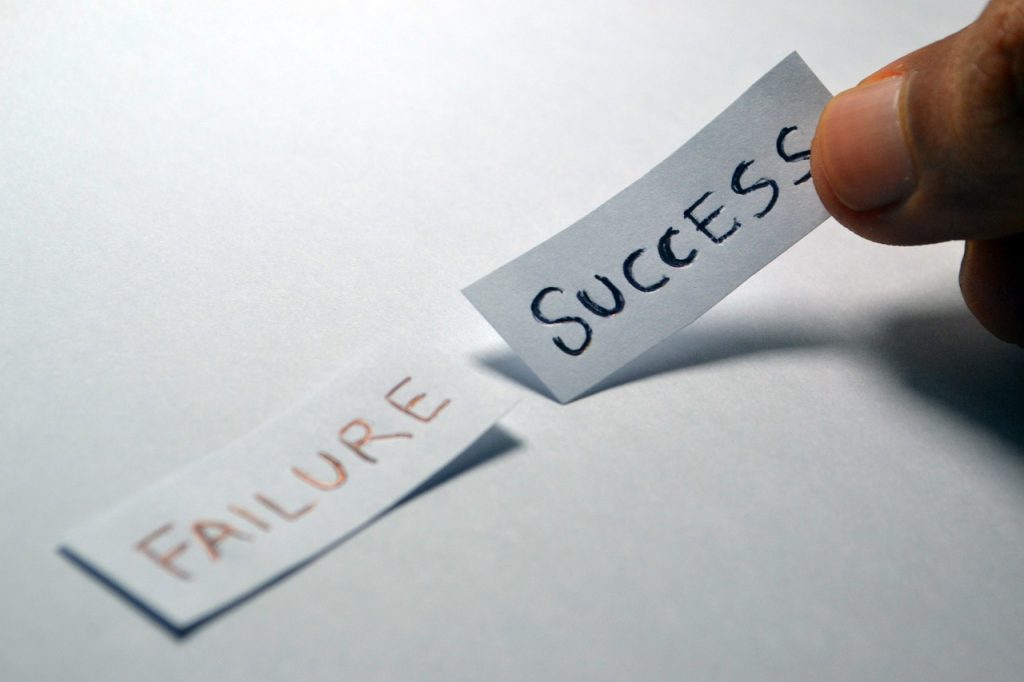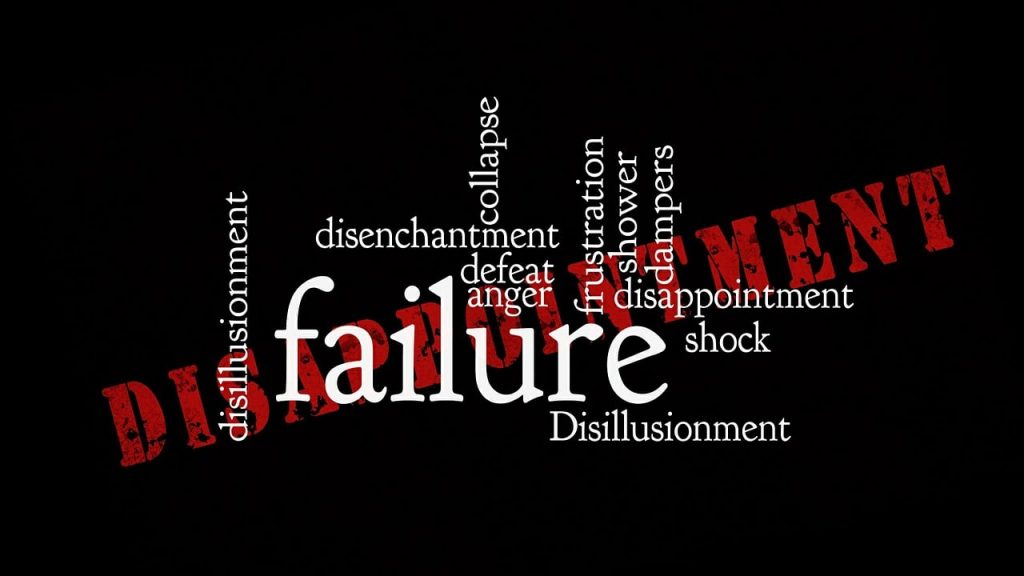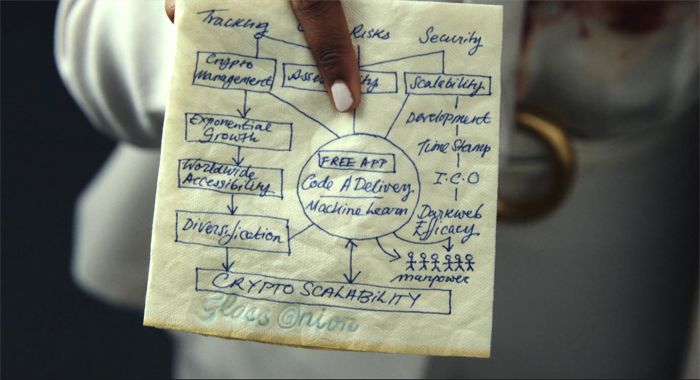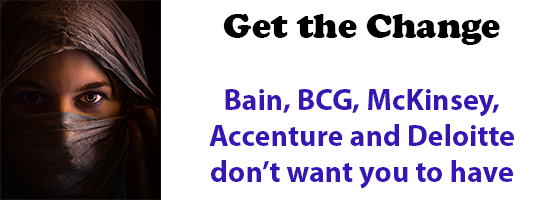
GUEST POST from Robyn Bolton
“Rapid Unscheduled Disassembly”
It’s a meme and my new favorite euphemism for getting dumped/fired (as in, “There was a rapid unscheduled disassembly of our relationship.” Thank you, social media, for this gem)
It’s also spurred dozens of conversations with corporate leaders and innovation teams about the importance of defining success, the purpose of experiments, and the necessity of risk.
Define Success so You Can Identify Failure
The dictionary defines “fail (verb)” as “be unsuccessful in achieving one’s goal.”
But, as I wrote last week, using your definition of success to classify something as a failure assumes you defined success correctly.
Space X didn’t define success as carrying “two astronauts from lunar orbit to the surface of the moon,” Starship’s ultimate goal.
It defined success in 3 ways:
- Big picture (but a bit general) – Validating “whether the design of the rocket system is sound.”
- Ideal outcome – “Reach an altitude of 150 miles before splashing down in the Pacific Ocean near Hawaii 90 minutes [after take-off].”
- Base Case – Fly far enough from the launchpad and long enough to generate “data for engineers to understand how the vehicle performed.”
By defining multiple and internally consistent types of success, SpaceX inspired hope for the best and set realistic expectations. And, if the rocket exploded on the launchpad? That would be a failure.
Know What You Need to Learn so You Know What You Need to Do
This was not the first experiment SpaceX ran to determine “whether the design of the rocket system was sound.” But this probably was the only experiment they could run to get the data they needed at this point in the process.
You can learn a lot from lab tests, paper prototypes, and small-scale experiments. But you can’t learn everything. Sometimes, you need to test your idea in the wild.
And this scares the heck out of executives.
As the NYT pointed out, “Big NASA programs like the Space Launch System…are generally not afforded the same luxury of explode-as-you-learn. There tends to be much more testing and analysis on the ground — which slows development and increases costs — to avoid embarrassing public failures.”
Avoiding public failure is good. Not learning because you’re afraid of public failure is not.
So be clear about what you need to learn, all the ways you could learn it, and the trade-offs of private, small-scale experiments vs. large-scale public ones. Then make your choice and move forward.
Have Courage. Take a Risk
“Every great achievement throughout history has demanded some level of calculated risk, because with great risk comes great reward,” Bill Nelson, NASA Administrator.
“Great risk” is scary. Companies do not want to take great risks (see embarrassing public failure).
“Calculated risk” is smart. It’s necessary. It’s also a bit scary.
You take a risk to gain something – knowledge, money, recognition. But you also create the opportunity to lose something. And since the psychological pain of losing is twice as powerful as the pleasure of gaining, we tend to avoid risk.
But to make progress, you must take a risk. To take a risk, you need courage.
And courage is a skill you can learn and build. For many of us, it starts with remembering that courage is not the absence of fear. It is the choice to take action despite fear.
When faced with a risk, face it. Acknowledge it and how you feel. Assess it by determining the best, worst, and most likely scenarios. Ask for input and see it from other people’s perspectives. Then make your choice and move forward.
How to know when you’ve successfully failed
Two quotes perfectly sum up what failure en route to success is:
“It may look that way to some people, but it’s not a failure. It’s a learning experience.”- Daniel Dumbacher, executive director of the American Institute of Aeronautics and Astronautics and a former high-level NASA official.
“Would it have been awesome if it didn’t explode? Yeah. But it was still awesome.” – Launch viewer Lauren Posey, 34.
![]() Sign up here to join 17,000+ leaders getting Human-Centered Change & Innovation Weekly delivered to their inbox every week.
Sign up here to join 17,000+ leaders getting Human-Centered Change & Innovation Weekly delivered to their inbox every week.













